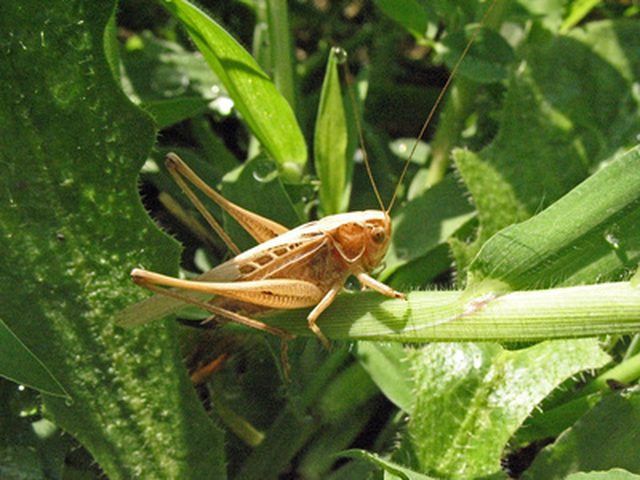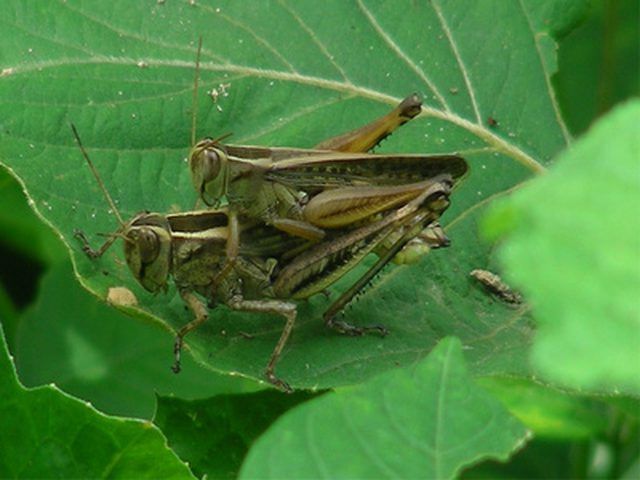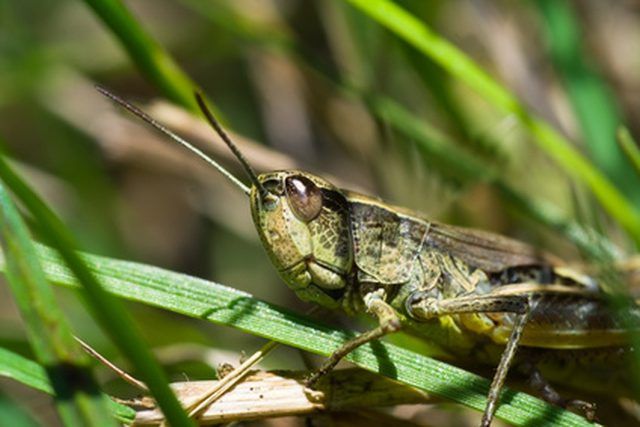Bulbs
Flower Basics
Flower Beds & Specialty Gardens
Flower Garden
Garden Furniture
Garden Gnomes
Garden Seeds
Garden Sheds
Garden Statues
Garden Tools & Supplies
Gardening Basics
Green & Organic
Groundcovers & Vines
Growing Annuals
Growing Basil
Growing Beans
Growing Berries
Growing Blueberries
Growing Cactus
Growing Corn
Growing Cotton
Growing Edibles
Growing Flowers
Growing Garlic
Growing Grapes
Growing Grass
Growing Herbs
Growing Jasmine
Growing Mint
Growing Mushrooms
Orchids
Growing Peanuts
Growing Perennials
Growing Plants
Growing Rosemary
Growing Roses
Growing Strawberries
Growing Sunflowers
Growing Thyme
Growing Tomatoes
Growing Tulips
Growing Vegetables
Herb Basics
Herb Garden
Indoor Growing
Landscaping Basics
Landscaping Patios
Landscaping Plants
Landscaping Shrubs
Landscaping Trees
Landscaping Walks & Pathways
Lawn Basics
Lawn Maintenance
Lawn Mowers
Lawn Ornaments
Lawn Planting
Lawn Tools
Outdoor Growing
Overall Landscape Planning
Pests, Weeds & Problems
Plant Basics
Rock Garden
Rose Garden
Shrubs
Soil
Specialty Gardens
Trees
Vegetable Garden
Yard Maintenance
Description of the Habitats Grasshoppers Live In
Description of the Habitats Grasshoppers Live In. Grasshoppers are insects known for their ability to catapult themselves out of harm's way. They are able to leap extraordinary distances, 20 times their own length, and they can fly up to 8 mph. The approximately 18,000 grasshopper species can be categorized into two main groups: short-horned...

Grasshoppers are insects known for their ability to catapult themselves out of harm's way. They are able to leap extraordinary distances, 20 times their own length, and they can fly up to 8 mph. The approximately 18,000 grasshopper species can be categorized into two main groups: short-horned grasshoppers and long-horned grasshoppers. Their habitats are varied.
Habitats
The natural habitat of grasshoppers is meadows and fields, but they will live in any area that has abundant food sources. Grasshoppers live throughout the world, except the extremely cold North Pole and South Pole. They are not territorial and do not make nests. Migratory species sometimes group together in millions or billions of grasshoppers and search for new habitats with plentiful food.
Food Sources
Grasshoppers are herbivorous insects that eat leaves, grasses and cereal crops they find in their habitat. They feed mostly during the day. According to the Arizona-Sonora Desert Museum's website, grasshoppers that eat a variety of plants regularly have optimal growth and breeding.

Predators
The biggest threats to grasshoppers are certain types of flies that lay their eggs in the same location as grasshopper eggs. Once the flies hatch, they feed on the grasshopper eggs. Some kinds of flies lay eggs directly on a grasshopper. They can do this even while the grasshopper is flying. Once they hatch, the baby flies consume the grasshopper. The many other predators of grasshoppers include snakes, spiders, birds, mice and beetles.
Adaptations
Grasshoppers have many adaptations that make them suitable for their habitats. They are normally gray, green and brown. These colors camouflage them in their home's grass and leaves. The males of some grasshopper species attract females with their brightly colored wings. Bright colors also are a warning sign for predators to stay away. Other grasshopper species consume poisonous plants, making them toxic to predators. Another special defense mechanism emits "tobacco juice," a brown liquid, at a predator that picks them up. Also, the end of the female's abdomen includes sharp points that they use to lay their eggs underground, according to the Animal Corner website.

Weather Effects
Grasshopper populations are directly affected by their habitat's weather conditions. Abrupt changes in weather have a big impact on grasshopper growth. Early, warm springs encourage early hatching. If the warm weather is followed by a sudden cold front, though, the grasshoppers' development will be stunted. Also, if rainy and cloudy weather occurs after a hot, early spring, disease spreads more easily among grasshoppers. When summer is abnormally cool and autumn comes early, grasshoppers grow more slowly, and the egg laying season is shortened.